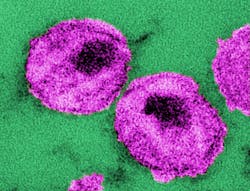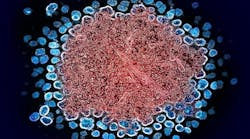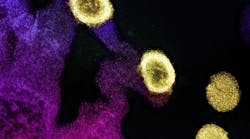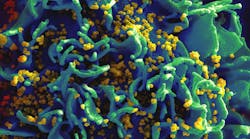A small number of HIV-infected cells remain in the tissues of people living with the virus and who are undergoing antiretroviral therapy. These viral reservoirs, real obstacles to the cure of HIV, have long been known to exist.
Until now, however, it wasn't known which organs the virus prefers to hide in.
A team from the Canadian HIV Cure Enterprise (CanCure) led by Université de Montréal immunology professor Nicolas Chomont, a researcher at the CHUM Research Centre (CRCHUM), has succeeded in identifying these hidden places, opening the way to targeting them for future therapies.
In a study published in the journal Cell Reports, the scientists reveal that genetically intact viruses, responsible for viral rebound if antiretroviral therapy is interrupted, are concentrated in the deep tissues of the spleen and lymph nodes, organs of the immune system.
Caroline Dufour, a doctoral student in Chomont's laboratory at the CRCHUM and the lead author of this study, developed ultra-sensitive methods of analysis to locate the body's preferred hiding places for viral reservoirs.
Using a protocol for analyzing the few viral genomes persisting in tissues, she was able to identify the organs in which “live” HIV preferentially hides.
Thanks to her analyses, Dufour was also able to demonstrate that distant organs, such as the cells of an axillary ganglion (in the armpit) and those of an inguinal ganglion (in the groin), could harbor identical intact HIV genomes.
This recirculation of infected cells in the body provides a therapeutic advantage. Away from their deep tissue hiding places, they are now more readily visible to the immune system and thus susceptible to attack and subsequent elimination.





